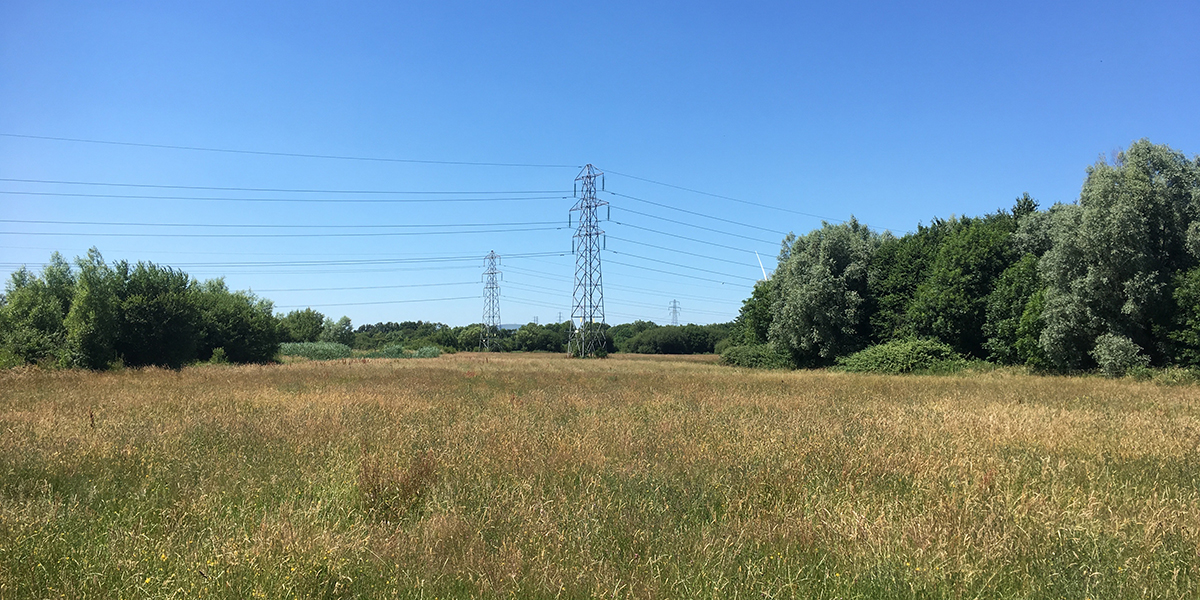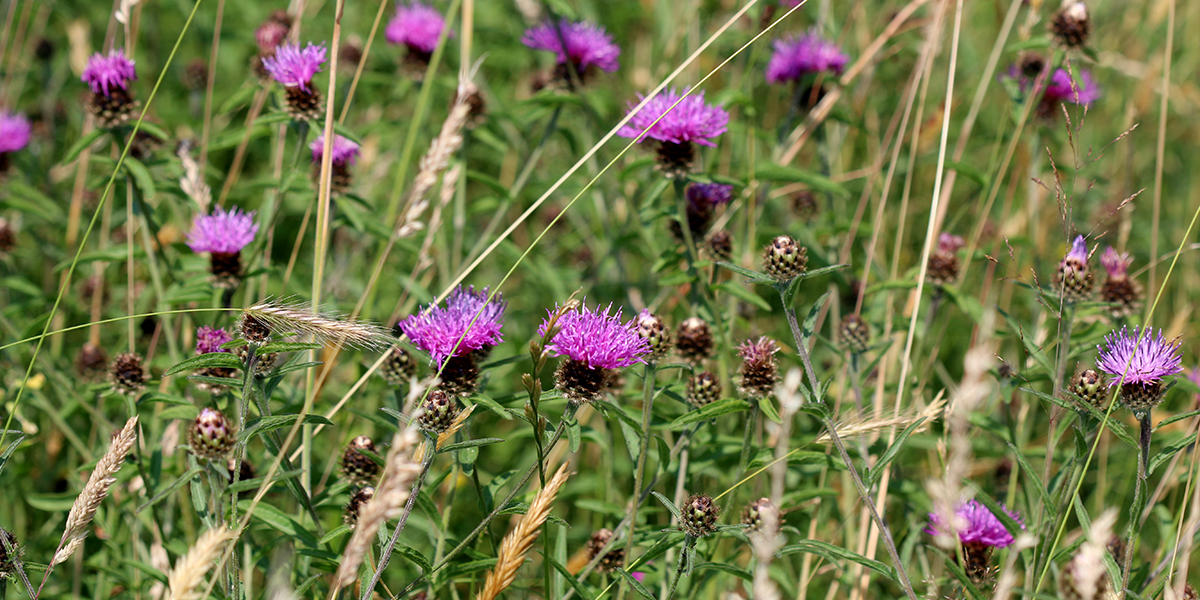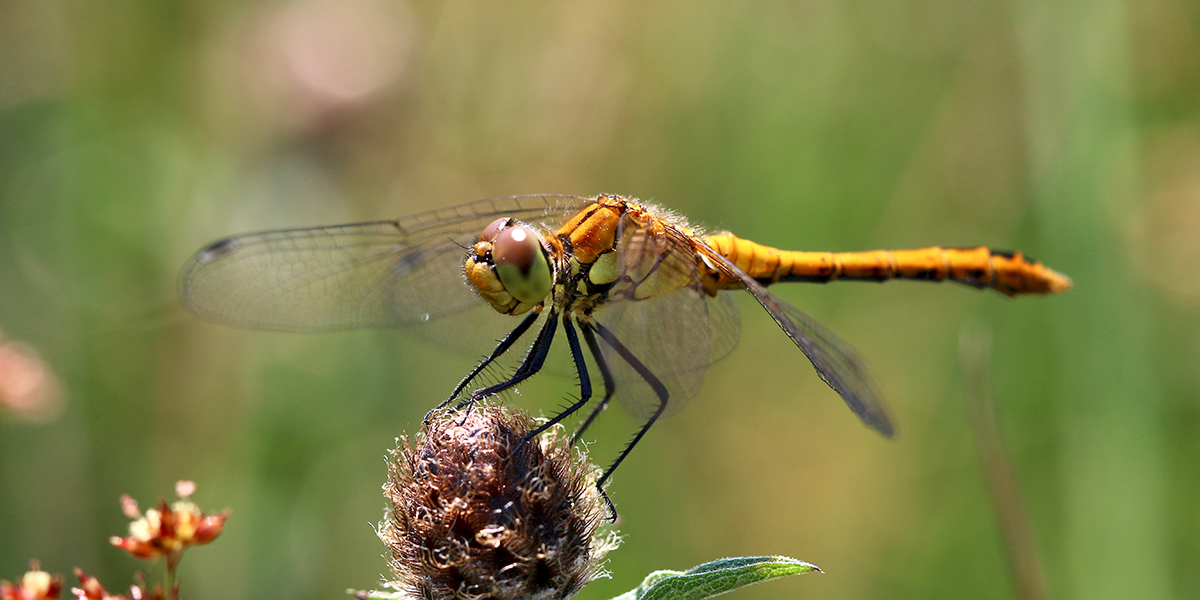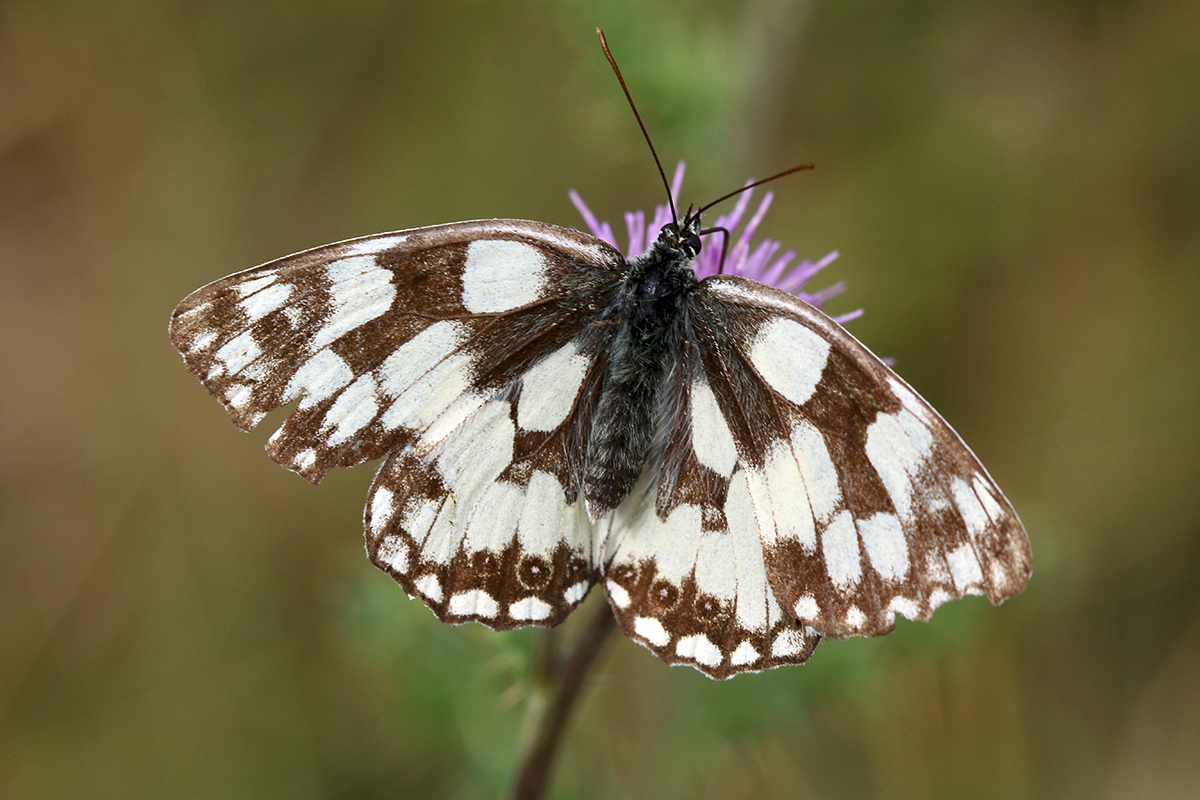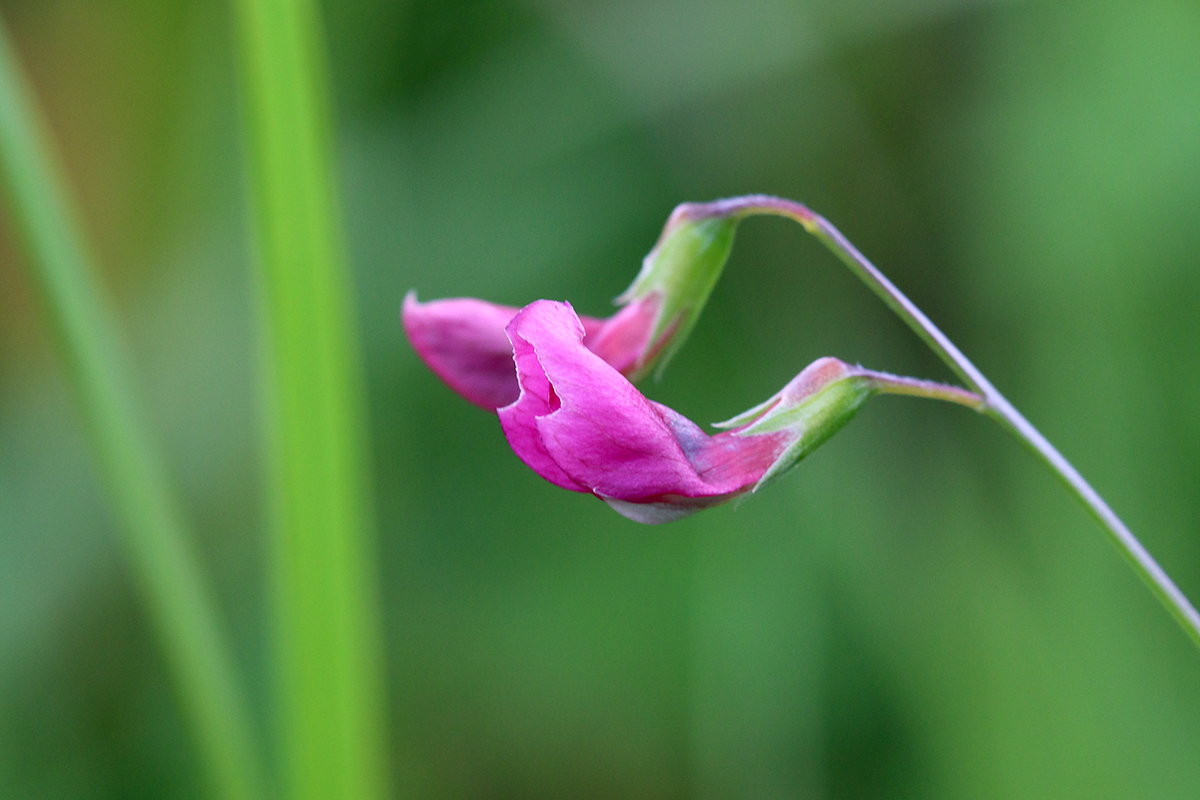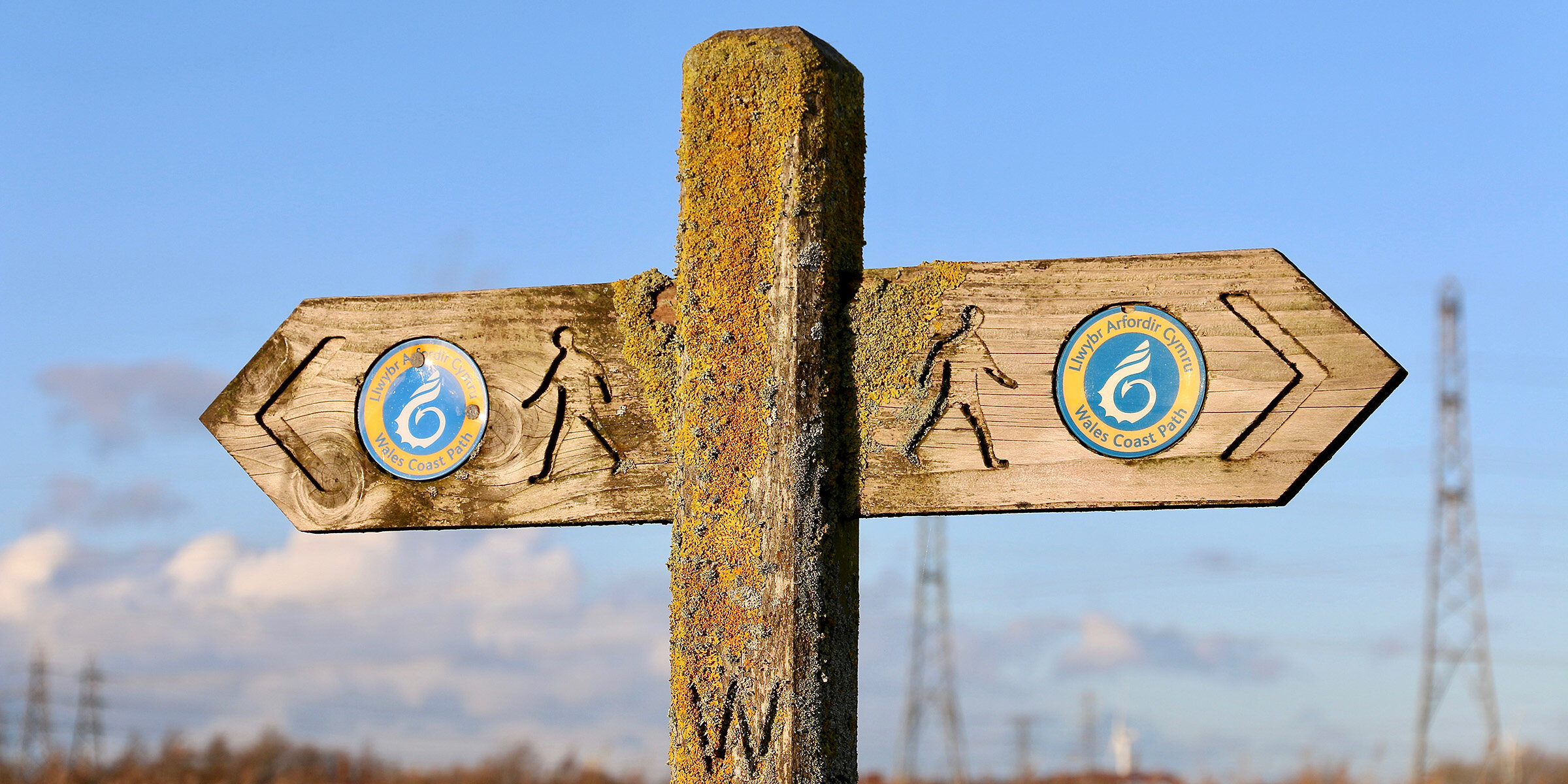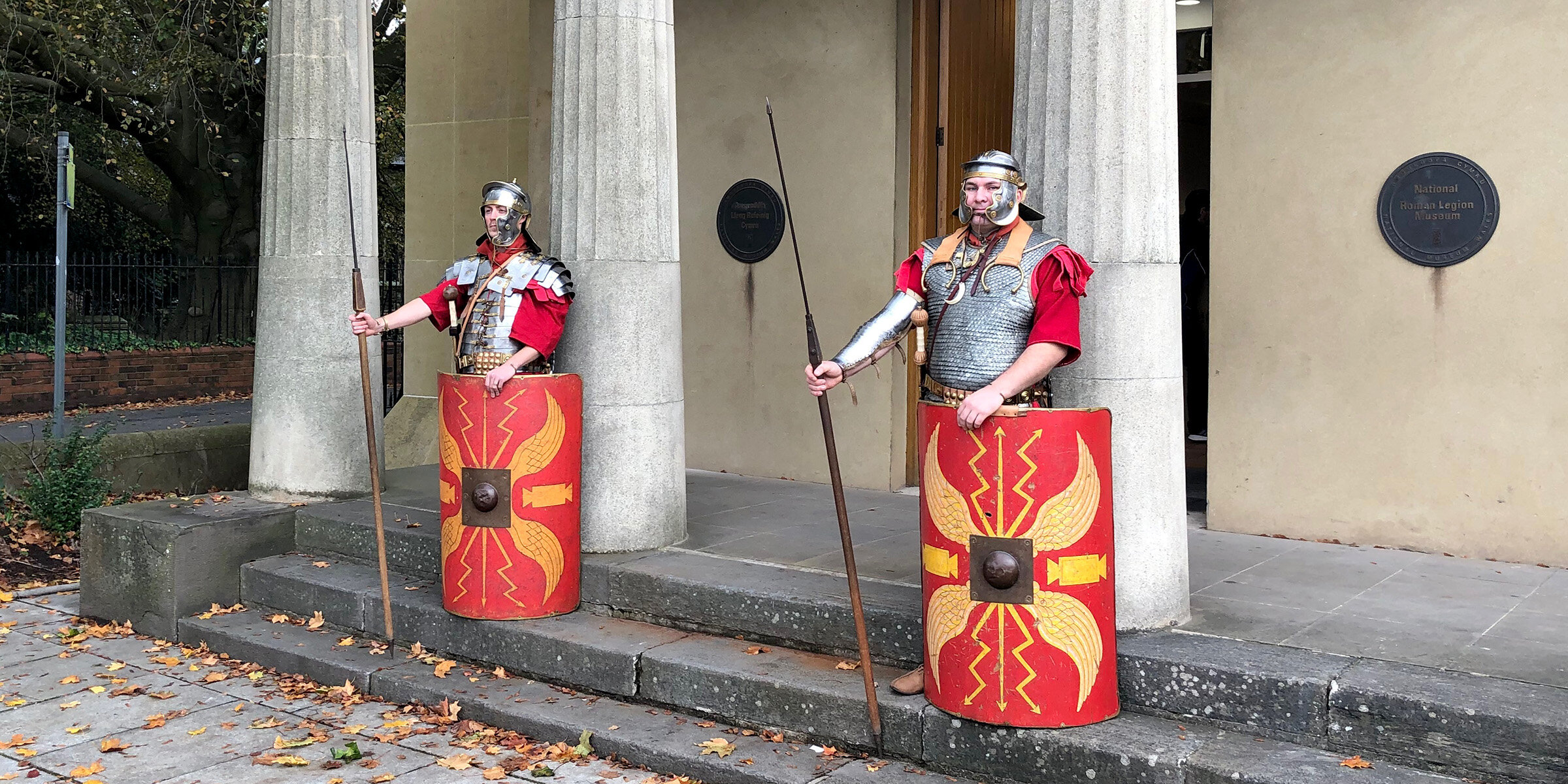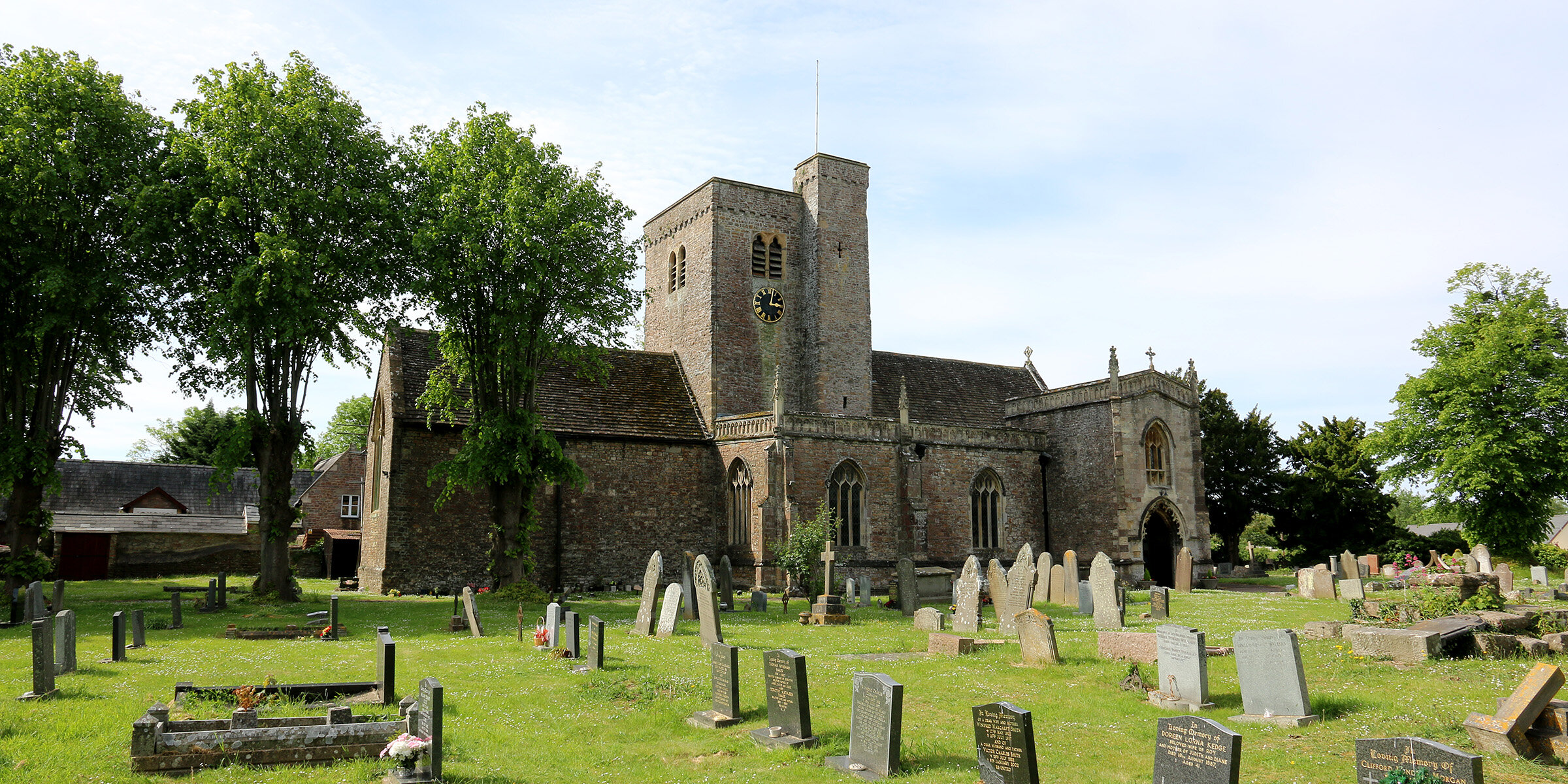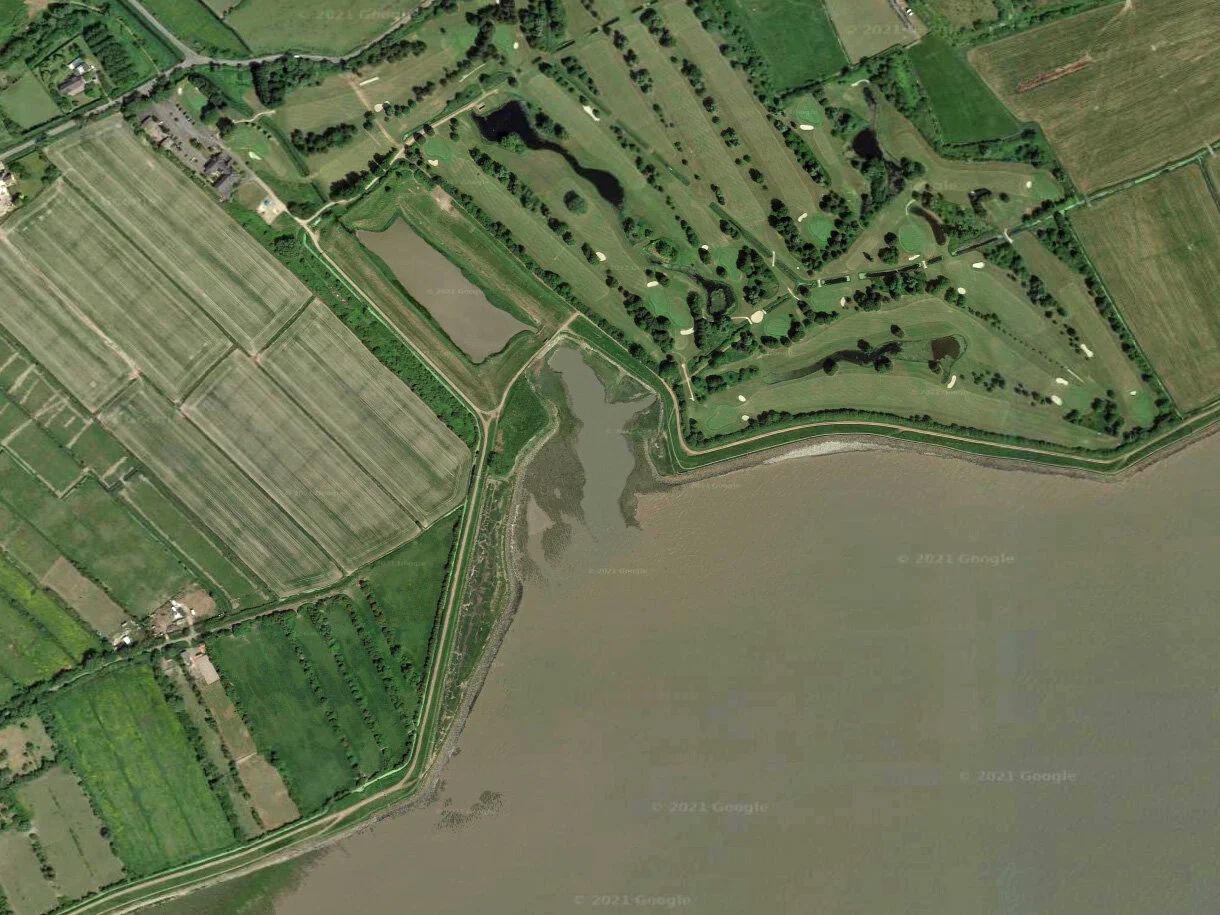Great Traston Meadow nature reserve is an example of grazing marsh, a traditional type of landscape on the Levels.
The wet meadows, along with associated reens, ditches, and grips, provide a fantastic habitat for a diverse range of plants and animals. In recognition of this, the reserve has been designated as a Site of Special Scientific Interest (SSSI).
The fields are home to a wide range of plants. In damper areas look for lesser spearwort, fine-leaved water-dropwort, rushes and sedges. On drier ground look for yellow rattle, southern marsh orchid and grass vetchling. The site also has good habitat for a wide range of birds, such as reed bunting and Cetti’s warbler. During the summer, look out for dragonflies, including emperors, black-tailed skimmers and broad-bodied chasers, and butterflies, such as the distinctive marbled white. The reserve is also home to one of the UK’s rarest bees, the shrill carder bee.
There is a walking route around the reserve (30 mins), starting from the small car park, and the site is crossed by the Wales Coast Path.
The reserve is owned by the Eastman Chemical Company and managed by Gwent Wildlife Trust. It is a Site of Special Scientific Interest (SSSI).
Digital Nature Reserve
The Digital Nature Reserves experience offers a whole new way to explore GWT reserves on your phone, tablet or desktop.
Visit GWT’s website to start exploring.
Look out for…
The Wales Coast Path is a long distance footpath that begins (or ends) in Chepstow and follows the coast of Wales for 870 miles (1400km) to Queensferry in Flintshire.
Step back in time at the National Roman Legion Museum and explore life in a far-flung outpost of the mighty Roman Empire.
Parc Tredelerch (Tredelerch Park) is an area of parkland next to the Rhymney River on the east side of Cardiff.
Churches have been at the heart of life on the Levels for much of the last thousand years.
In 2002, during construction of the Newport Riverfront Arts Centre on the west bank of the River Usk, the remains of a 15th century ship were discovered.
Explore the fascinating prehistory of the Gwent Levels at a stunning new exhibition at Newport Museum and Art Gallery.
Sitting on the edge of the Gwent Levels, between the wide expanse of the Severn Estuary and the mouth of the River Usk, lies the Newport Wetlands National Nature Reserve.
Half a mile east of the former church of St Peter in Peterstone Wentlooge, Peterstone Gout, or Great Gout, is an important and interesting landmark on the Wentlooge Level.
Over its long history, the parish church of Redwick has been dedicated to several different saints; before 1875 it was St. Mary the Virgin and before that St. Michael the Archangel.
The history of St Mary’s church, Nash, known locally as “the Cathedral of the Moors”, is closely linked to the nearby medieval Benedictine Priory at Goldcliff.
OS Grid Ref: ST 346 843
Website
Opening times
Open at all times.How to get there
By Public Transport
By bike
By road
Digital Nature Reserve
The Digital Nature Reserves experience offers a whole new way to explore GWT reserves on your phone, tablet or desktop.


